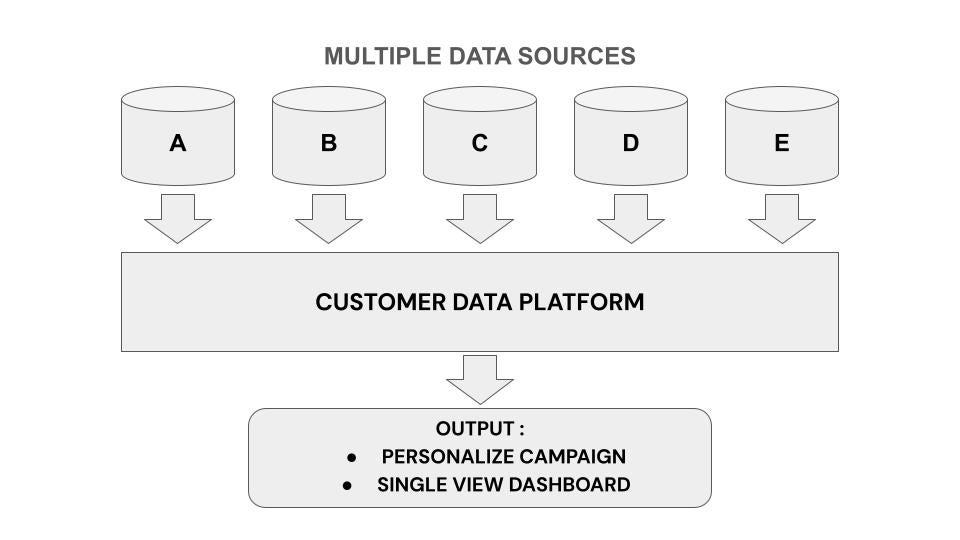Unifying Customer Data: Enabling a 360-Degree Customer View in Real Estate with CDP
In today’s increasingly competitive real estate landscape, understanding your customers is not merely an advantage—it is a strategic imperative. Real estate companies often manage valuable customer data scattered across diverse platforms, including website analytics, CRM systems, social media channels, and sales platforms. This data fragmentation hinders organizations from forming a complete understanding of their customers’ needs and behavior.
A Customer Data Platform (CDP) serves as a transformative solution, consolidating data from multiple sources into a single, unified repository. This approach empowers real estate businesses to gain a holistic, 360-degree view of each customer, enhancing personalization, targeting, and marketing efficiency.
Overcoming the Challenge of Fragmented Data
Real estate professionals frequently contend with siloed data and disjointed workflows across internal departments and external partners. These silos limit visibility and lead to:
Disconnected customer journeys
Ineffective segmentation strategies
Missed sales opportunities
Inefficient marketing activations
By integrating a CDP, these challenges can be addressed through the centralization of customer data, enabling seamless collaboration and data-driven decision-making across the organization.
How a CDP Addresses Key Industry Challenges
A CDP aggregates data across all touchpoints—website visits, listing interactions, social media engagement, email campaigns, messaging platforms, and CRM entries. By associating these diverse interactions with individual customer profiles, a CDP delivers a comprehensive, omnichannel view of each prospect.
This unified view enables real estate companies to:
Identify high-performing marketing channels
Personalize follow-up communication
Nurture leads based on behavior and preferences
Improve conversion rates through relevant engagement
With a CDP in place, no interaction goes unnoticed, and every lead receives a consistent, tailored experience.

Image courtesy of SBTelecom Indonesia
Achieving a 360-Degree Customer View
The true value of a CDP lies in its ability to generate unified customer profiles. By connecting every digital and offline interaction, businesses gain unprecedented visibility into customer preferences, past engagements, and buying intent.
This comprehensive perspective facilitates:
Targeted messaging and campaign personalization
Higher-quality leads and increased conversions
Long-term relationship building based on trust and relevance
A 360-degree view ensures that real estate professionals are equipped with the insights necessary to guide potential buyers through each phase of the customer journey.
The Value of Centralized Customer Data
In the real estate sector—where interactions occur across multiple digital and physical channels—centralized customer data is vital. A CDP enables organizations to:
Create unified profiles that track all customer touchpoints
Segment customers based on behavior and demographics
Identify investor profiles versus home buyers
Automate the identification of high-value prospects
With accurate segmentation and targeting, marketing and sales teams can engage with the right audiences more effectively and efficiently.
Boosting Sales Efficiency with Conversion Predictions
Conversion prediction capabilities within a CDP use historical data and behavioral trends to rank leads based on their likelihood to convert. This empowers sales teams to prioritize their outreach and optimize their time and resources.
Benefits include:
Data-driven lead prioritization
Higher conversion rates from qualified leads
Shortened sales cycles through efficient targeting
Personalized engagement based on conversion scores
Accurate sales forecasting for better planning
By applying predictive scoring models—often powered by machine learning—real estate agents can act with confidence and precision.
Transforming Marketing Strategies with a CDP
CDPs enhance marketing strategies by offering:
Smarter segmentation and targeting
Optimized marketing activation across channels
Improved tracking of the customer journey
Insightful upselling and cross-selling opportunities
These capabilities drive higher returns on marketing investments and foster personalized experiences that build brand loyalty.
Next-Best Action: Maximizing Engagement with Machine Learning
Treasure Data’s CDP further elevates performance by integrating machine learning to recommend the Next-Best Action (NBA). This functionality identifies the most effective communication channels for each customer based on behavioral and engagement data.
Key features include:
Data consolidation from online and offline sources
Behavioral pattern analysis (browsing habits, device usage, response history)
Channel prediction using reinforcement learning models
Real-time updates based on live customer behavior
By connecting with customers via their preferred channels—be it email, messaging apps, or social platforms—businesses maximize engagement while reducing marketing waste. This not only improves conversion rates but also strengthens customer relationships over time.
Conclusion
For real estate businesses, adopting a Customer Data Platform is a critical step toward digital transformation. By unifying customer data, enhancing segmentation, and enabling predictive insights, CDPs empower organizations to deliver more relevant and personalized experiences throughout the buyer journey.
The result: a more intelligent, efficient, and customer-centric marketing and sales strategy that drives sustainable business growth.


.png)